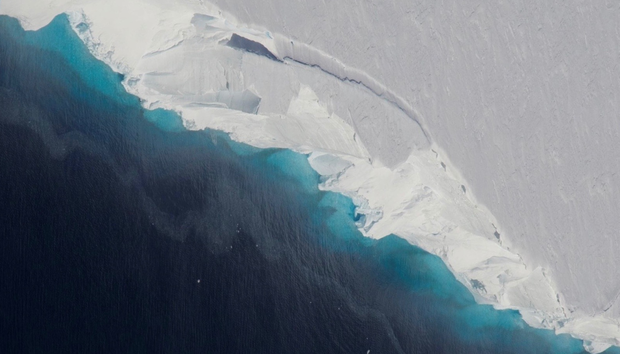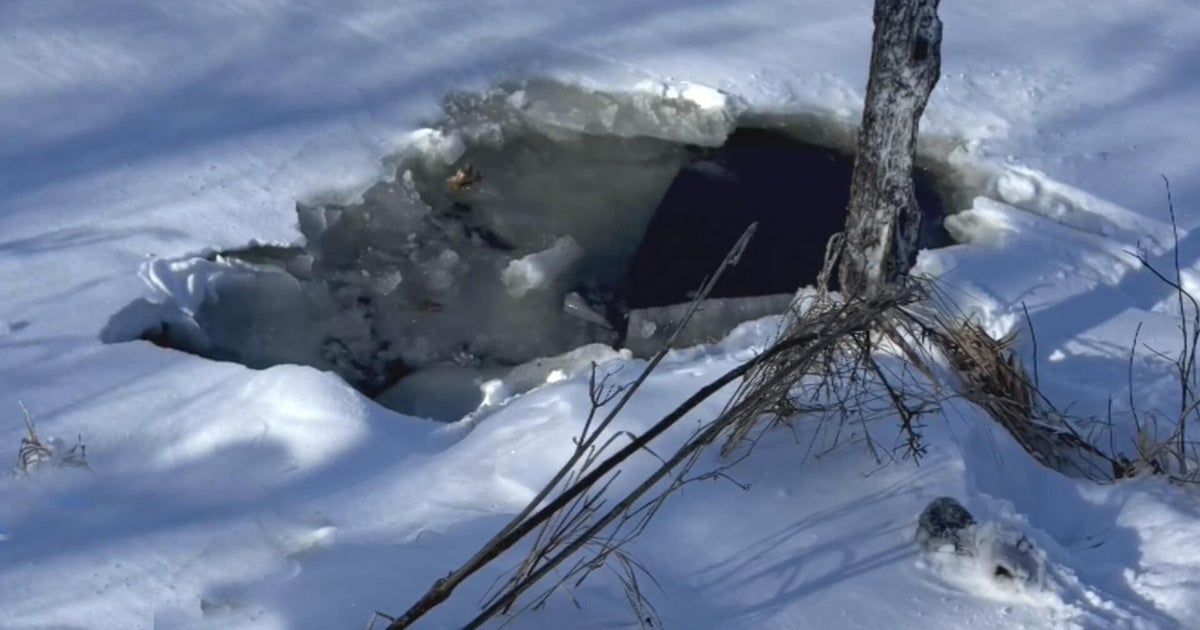"Disturbing" discovery: Giant hole found under Antarctica glacier
Researchers say a massive cavity the size of two-thirds of Manhattan was found under a glacier in Antarctica. The pocket is a sign of "rapid decay" and just one of "several disturbing discoveries" made recently regarding the glacier, NASA's Jet Propulsion Laboratory said in a news release Wednesday.
"[The size of] a cavity under a glacier plays an important role in melting," said Pietro Milillo of the Jet Propulsion Laboratory. "As more heat and water get under the glacier, it melts faster."
The growing cavity sits in West Antarctica at the bottom of Thwaites Glacier, which is about as big as Florida and contains enough ice to contribute more than 2 feet to sea level rise, NASA said. It is growing at an "explosive" rate that surprised researchers conducting a study the agency led on the glacier.
"The findings highlight the need for detailed observations of Antarctic glaciers' undersides in calculating how fast global sea levels will rise in response to climate change," NASA's Jet Propulsion Laboratory said.
CBS News climate and weather contributor Jeff Berardelli reports that the cavity is likely a significant finding because the West Antarctic ice sheet is considered one of the most unstable and vulnerable. It seems to not only be melting on the ocean edges, but also from underneath, and warmer ocean waters are infiltrating.
NASA said the hole is large enough to have held 14 billion tons of ice -- the majority of which has melted during the last three years. Scientists say the glacier is responsible for about four percent of global sea level rise.






